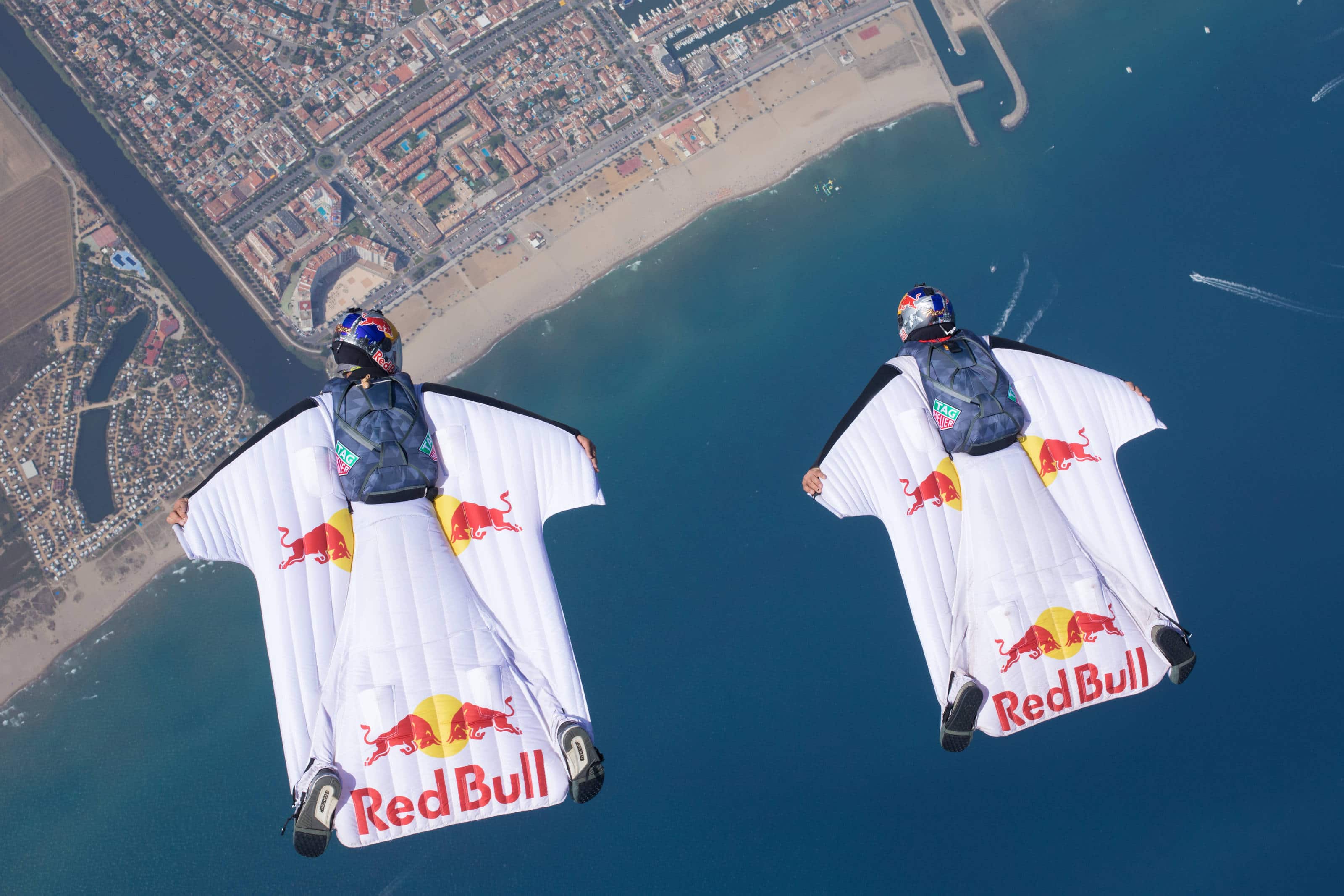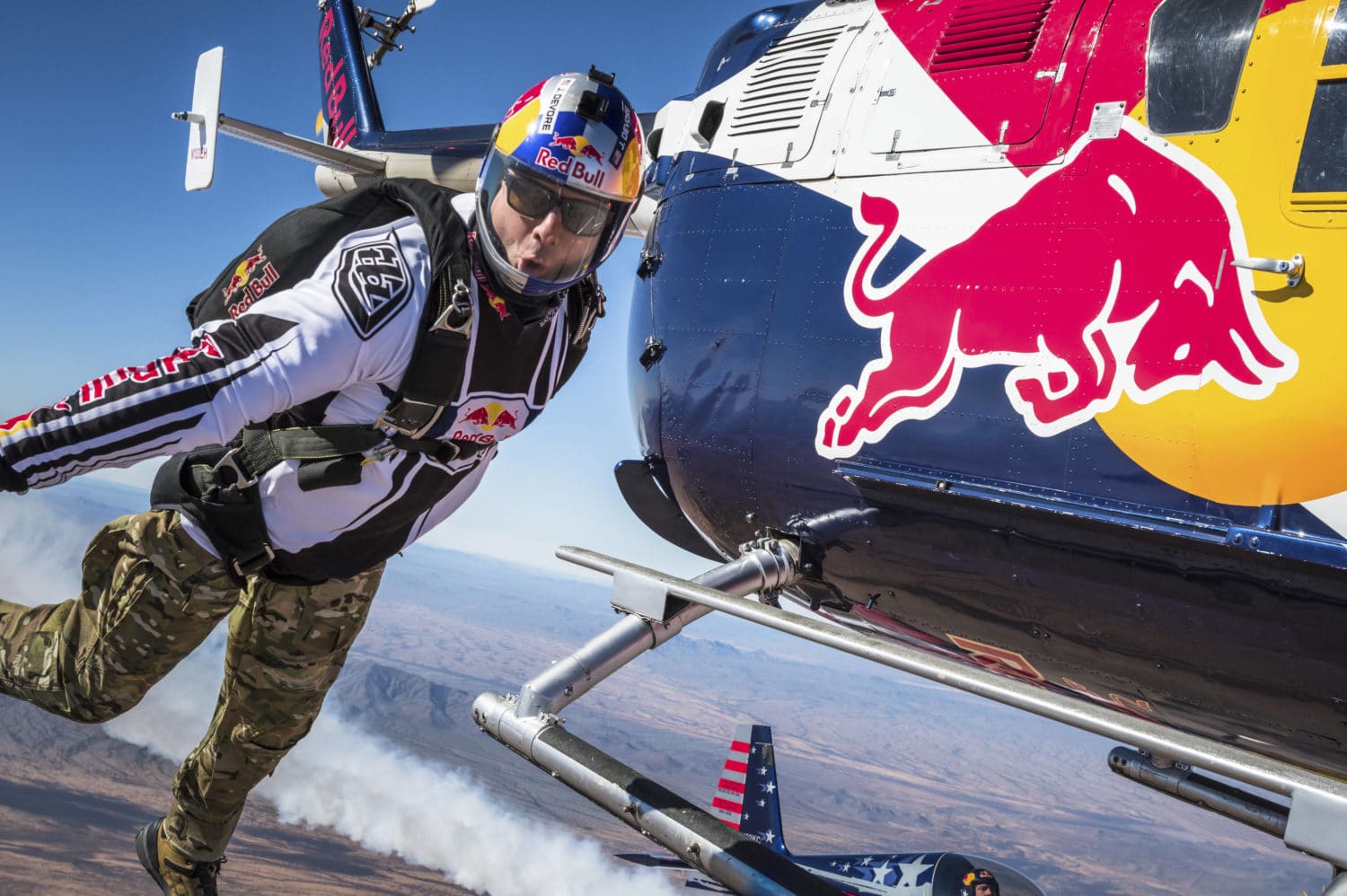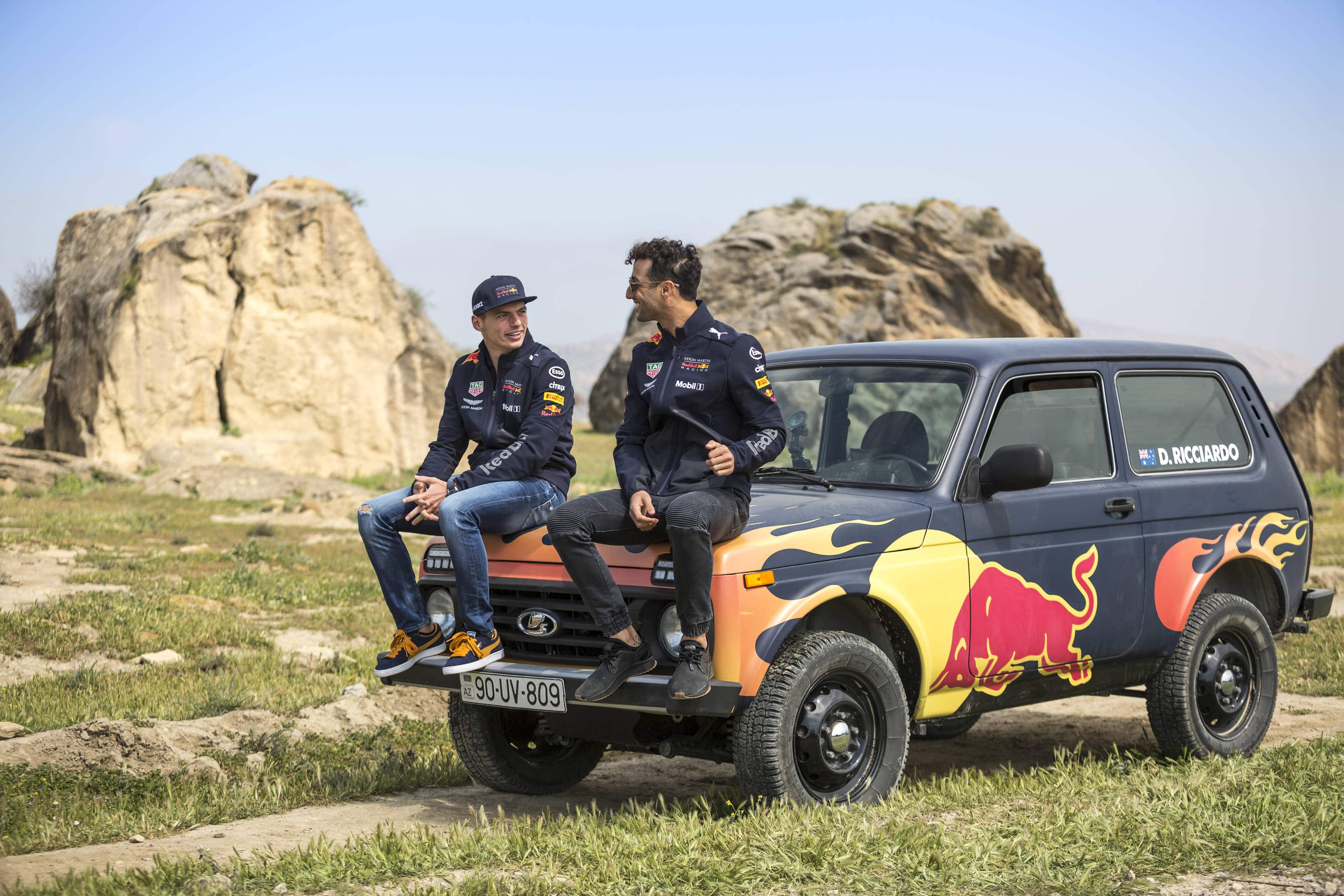Spectacular Storytelling: With Red Bull into the Hall of Fame of Sports Heroes
Parachutists chase towards the ground in free fall, not without doing a double somersault in the air before deploying the rescue parachute. Skiers chase down a snow-covered steep slope. The images produced and distributed by what is probably Austria’s best-known beverage manufacturer regularly set pulses racing and generate excitement after a successful stunt. Storytelling is rarely more exciting: Red Bull not only gives wings to a skilfully told hero myth but also gives new drive to innovative storytelling. But to what extent can these daring athletes be described as heroes?

When is a Hero a Hero?
The question of what gives the hero or heroine their status has already been posed by numerous well-known authors. A hero or heroine is “a figure with extraordinary gifts. He (or she) is often honored by their group, often disregarded or despised.” This definition comes from the “Godfather of Storytelling”, Joseph Campbell, who provided a blueprint for exciting stories with the concept of the hero’s journey. Accordingly, a hero seems to stand out from a community through character or social status alone. Other authors, such as the literary scholars Susan Drucker and Robert Cathcart, also refer to its exceptional status. Instead of normal human abilities and characteristics, these figures would always embody the extraordinary or supernatural. According to Christian Schneider, who deals extensively with the heroic in his research, no one is a hero on their own. To achieve this status, it needs at least three things – an act that is perceived as extraordinary; a narrator who passes on the story and an audience that listens to what is being told.

Clear the Stage for all Supermen and Women – Athletes become Heroes
One of the main pillars of the Red Bull story is the targeted portrayal of its main characters as heroes. Unlike in many stories of well-known brands, it is not the customers or employees who are the driving force behind the plot, but a select group of people. Thanks to top sporting performance and the accomplishment of unique deeds, hero status is ascribed to them. Red Bull uses the word “hero” regularly. The film series “Heroes by Nature”, financed by Red Bull, presents spectacular sports such as mountain biking, freeskiing and surfing; in the “Red Bull Bob Heroes”, amateur athletes compete in races with self-built bobsleds; the magazine The Red Bulletin, published by Red Bull, presents the “Heroes of the Month” in each issue.
“Once upon a Time there was a brave Athlete…” – The Story(s) of simply doing it
The Red Bull hero myth is not a coherent story. Rather, it consists of many small heroic stories, which have similar narrative patterns. Characteristic of this is the targeted heroisation of the personality of the athlete. This benefits from the fact that sport in general is already ideally suited to producing heroic images. The sport is fundamentally designed for observation, and competitions are held in front of an audience. The simple logic of victory and defeat also helps to distinguish winners from non-winners.
At Red Bull, this logic is reinterpreted as a system of success and failure. A victory does not necessarily mean that the athlete has won first place. The risk of sporting discipline is a value in itself. This means that Red Bull’s sports marketing is often based on the Olympic idea, in which good and fair competition and doing one’s best are the core qualities. The heroic story arises from a person’s willpower not to see the impossible as a given, but to seek and exceed the limits of what is possible. This gives rise to media success stories such as the Red Bull Stratos, the highest parachute jump at the time, or the fastest ride on a mountain bike. It’s not for nothing that one of the company’s advertising clips says: “If you believe in something, anything is possible.”
And the drink also finds its place in this heroic myth: it appears as the elixir that gives the hero or heroine strength or – to use the words of the advertising slogan – wings.
“Higher, faster, further” – Every Stunt is a Hero’s Journey and a Quest for the ultimate Experience
Just like in Campbell’s adventure journey, each new stunt under the Red Bull banner is its own plot, which basically follows the same patterns of classics such as The Matrix, The Lord of the Rings or Harry Potter. The journey starts from the moment the elaborate preparations for the stunt begin. For competitive athletes, this usually means long, hard training. Meanwhile, they are repeatedly confronted with the temptation to give up the project and find another, less physically demanding occupation.
Nevertheless, they are driven by the desire to realize the seemingly impossible – to jump from a comparatively low tower block with a parachute, to race through a narrow Alpine gorge in a wingsuit or to set a new speed record. They become pioneers who invent a new sport or break world records in existing disciplines. While the opponents in conventional stories in films or novels are often human adversaries, the athletes face up to the fight against the impossible, the competition, nature or themselves. The successful sportsman or sportswoman can expect rewards in the form of media attention, trophies or even entries in the Guinness Book of World Records. Red Bull pushes the fight of the athletes and takes on the mentoring role of a captain who accompanies the journey with a clear vision and financial budget or makes it possible in the first place.
Heroes first, Products second – Storytelling has clear Protagonists
Unlike any other brand, the marketing strategy is focused on product placement and the promotion of competitive sports. While the company initially concentrated on niche sports, the Red Bull universe soon expanded to include popular disciplines such as football. The beverage group now operates its own teams and is an entire media empire with its own television stations and print publications. To date, no other brand is as prominent in the extreme sports segment as Red Bull.
Information, blog articles and news from a wide variety of sports, e-sports, but also (music) artists and other cultural events are omnipresent on the company’s homepage. Information on Red Bull’s main product, the energy drink of the same name, is only presented in a sub-menu and is barely mentioned on the homepage. The situation is similar in almost all of the brand’s publications – only in the comic-like TV adverts do they refer to the energizing effect of the soft drink. Otherwise, this is told through the seemingly endless story of the athlete who went out into the world to try the impossible. A prime example of consistent content marketing. Red Bull has thus understood what even established brands regularly struggle with: if the story is only about the product, then it is not storytelling, but advertising.

Baumgartner, Vettel and Co. – Sports Heroes or just a small Wheel in a big Entertainment Industry?
Only one question remains to be answered: Are the Red Bull athletes actually heroes? This could be legitimised by the extraordinary sporting commitment. The passion, endeavor and courage to embark on the arduous hero’s journey could also be used as an argument. What’s more, these extraordinary deeds serve as role models for all those who struggle with jumping over their own shadow and taking up the challenge. On the other hand, one could argue that the sports heroes are very dependent on their mentor and that they quickly disappear into insignificance when Red Bull deliberately deprives them of media coverage. This is often the case when the hero’s journey does not lead to the hoped-for triumph due to tragic accidents, for example. What makes the sportsman or sportswoman a hero or heroine if there is no audience to give him or her heroic status? Everyone has to answer this question for themselves and the conclusion depends on the viewer’s willingness to understand sports heroes as part of everyday media and entertainment culture.
Share this article
Related articles

11 January 2024








